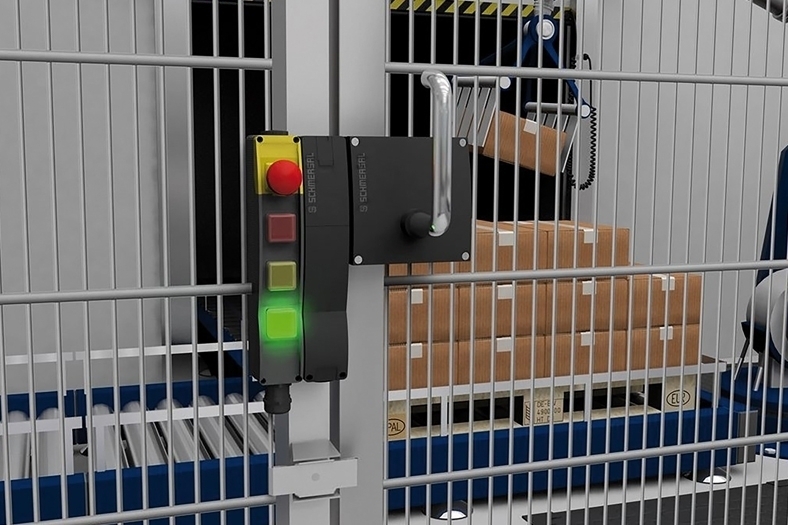Machine Guarding and Lock Out / Tag Out
By OEM Update Editorial July 5, 2021 7:19 pm IST
Safe methods for controlling hazardous energy and when to use them.
Practically every industrial machine or process will have some type of hazard associated with it. Once a recognized hazard is identified it must then be protected against, but to what degree? How do we know when a safety device such as a keyed door interlock is adequate enough as opposed to completely removing all hazardous energies! Over recent years OSHA citations for lock out / tag out and machine safeguarding infractions have remained within the top ten violations. To identify when to properly utilise one method over the other, a few points need to be high-lighted and reviewed. In order to better understand when lock out / tag out is required over general machine guarding, it is important to understand what is trying to be accomplished: the control of “hazardous energy”. An energy source can consist of any source of electrical, mechanical, hydraulic, pneumatic, chemical, thermal, or other energy. This energy is considered hazardous if it can cause harm to employees by an intended or unexpected energisation or start-up of the machines or equipment, or by the release of this stored energy. In other words, does this energy pose a direct hazard – shock, impact, etc.!
Does this energy produce a hazard such as a moving part, fire, etc.! Identifying what type of energy is being used with the machine or equipment and what hazards they do and can produce is a crucial step. Whether removal of energy is through general machine safeguarding or lock out/tag out, it is worth noting that not all hazardous energy can be simply turned on or off; there are certain hazardous energies that can only be dis-sipated or controlled, such as heat or gases. Machine Guarding for general machine safeguarding, the focus is on interlocking devices such as keyed interlocks, safety sensors, safety limit switches, safety light curtains, and safety edges. These interlock devices are placed on moveable guards or at a point of operation. Opening a guard, breaking a light curtain optical array field, or actuating a bumper will trigger the device to interrupt the safety circuit. This action will remove hazard-ous energy and/or stop a hazardous motion – mainly limited to the area being guarded by the safety device. A risk assessment which will identify the hazard being guarded will help define exactly how the safety circuit needs to be designed. Guidelines for safety circuit requirements can be found in the internal standards ISO 12100 – risk assessment and risk reduction and ISO 13849 – general principles for design. Lock Out / Tag Out the other method is lock out / tag out.
The actual process is as it is named: a physical locking out of all hazardous energy sources, followed by supplying a tag to indicate who has locked out the machine. Once executed correctly lock out / tag out will remove all hazardous energy from the entire machine. This is a documented, site wide, standardised process carried out by trained authorised personal. OSHA details its requirements for lock out / tag out under 29 CFR 1910.147. Within these requirements are guidelines on when to apply this procedure. According to OSHA and current relevant standards, every recognised hazard and point of operations needs to be safe-guarded. When Examining OSHA’s 29 CFR 1910.147, lock out / tag out is to be applied when a task is being performed which is not part of normal operation. Which then poses another question: what is considered normal operation! Machine operation modes with all of the hazards and energy sources identified, the operating modes of the machine must also be identified.
Cookie Consent
We use cookies to personalize your experience. By continuing to visit this website you agree to our Terms & Conditions, Privacy Policy and Cookie Policy.















